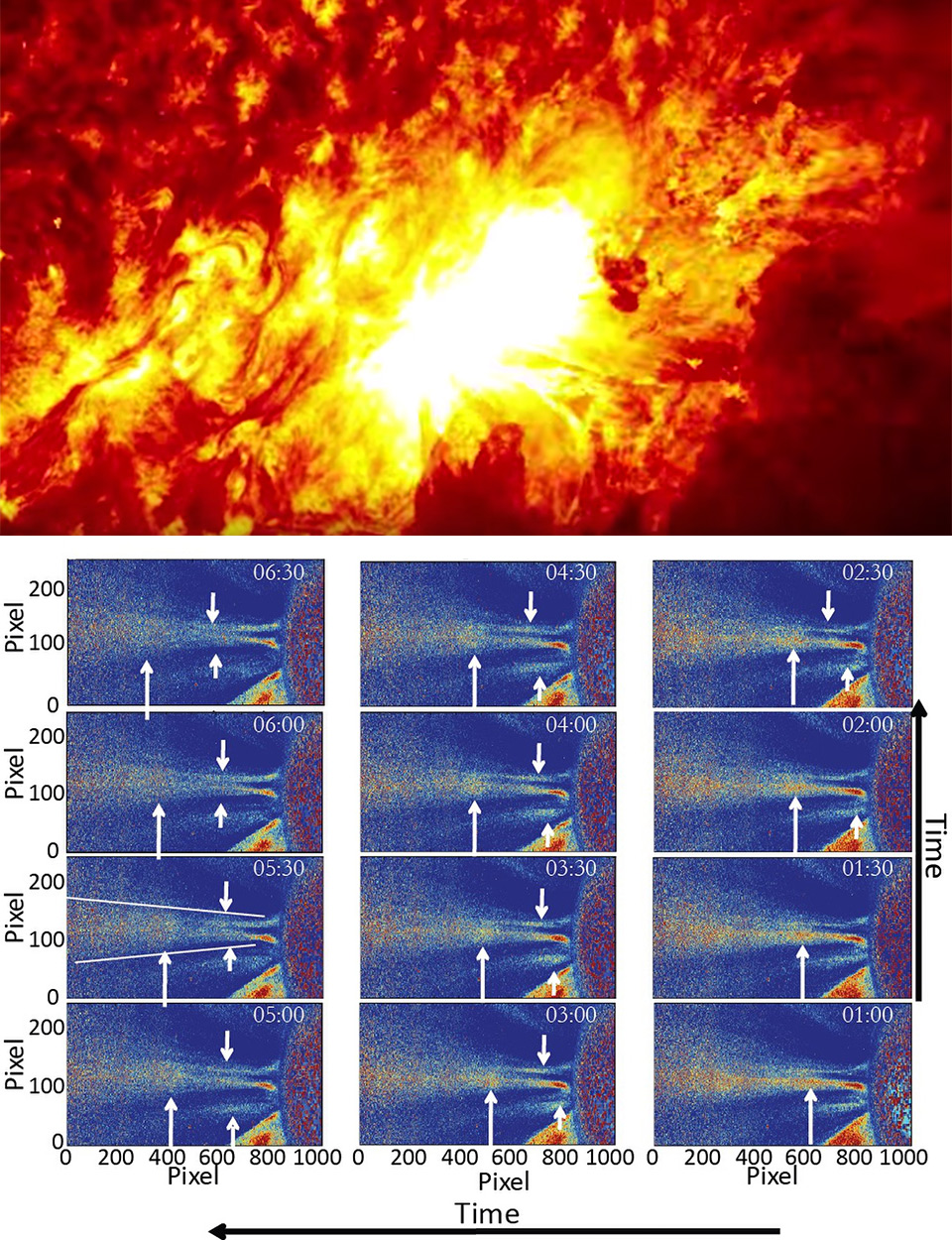
Solar wind, a stream of charged particles released from the upper atmosphere of the Sun, is nothing new, but sometimes, they can get a bit crazy. How so? Well, as the underlying plasma grows hotter, it becomes denser, and erupts from the sun as lava lamp-inspired dark blobs capable of swallowing entire planets for minutes or hours at a time. They’re officially called “periodic density structures,” but have earned the nickname “the blobs” from astronomers, and rightfully so. “They look like the blobs in a lava lamp. Only they are hundreds of times larger than the Earth,” said Nicholeen Viall, a research astrophysicist at NASA’s Goddard Space Flight Center to Live Science. Read more for a video and additional information.
“While astronomers have known about the blobs for nearly two decades, the origin and impact of these regular solar weather events remain largely mysterious. Until recently, the only observations of the blobs have come from Earth-bound satellites, which can detect when a train of blobs bears down on Earth’s magnetic field; however, these satellites can’t account for the myriad ways the blobs have changed during their 4-day, 93-million-mile (150 million kilometers) journey from the sun,” reports Live Science.

